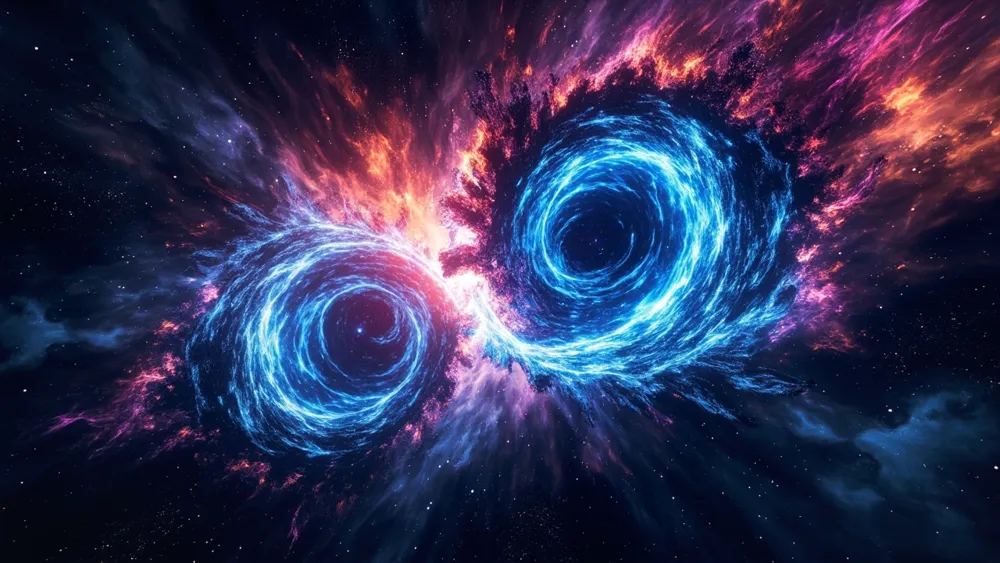"Double Detonation Model Reinterprets Supernova Mechanism"

The discovery of a new mechanism behind Type Ia supernovae, dubbed the "double detonation" model, is significant not only for astrophysics but also for our understanding of the universe's expansion. Supernovae, particularly Type Ia, serve as critical cosmic markers due to their consistent brightness—an essential tool for measuring astronomical distances. As researchers delve into this newfound mechanism, they are poised to reshape existing theories and challenge well-established notions regarding these stellar explosions.
Traditionally, Type Ia supernovae were understood to occur when a white dwarf, usually part of a binary system, accumulates mass from a companion star until it reaches a critical threshold. This leads to a runaway nuclear fusion reaction, resulting in an explosive energy release. However, the "double detonation" model suggests these explosions can occur even before achieving the critical mass, triggered instead by a smaller explosion on the surface that ignites helium fusion. This insight not only brings into question the uniformity of supernova brightness but also hints at greater variabilities in their explosive mechanisms.
For instance, the research team has observed supernova remnants like SNR 0509-67.5, revealing intricate structures that support the double detonation hypothesis. This suggests that earlier assumptions about the brightness and uniformity of Type Ia supernovae might be flawed. If these remnants can explode at lower masses than previously believed, our calculations regarding cosmic expansion—fundamental to cosmology—could be affected. Such revelations emphasize the interconnectedness of cosmic events and the precision needed in their study.
This paradigm shift in understanding supernova explosions raises pivotal questions for the future of astrophysics. As scientists seek to validate the double detonation model further, we are left to ponder: how might our cosmic measurements change if a fraction of these supernovae originate from mechanisms we have yet to fully comprehend? As we venture deeper into the cosmos, how many more mysteries will we uncover?
Read These Next

Letting flies consume our food waste: a good idea?
This article explores the innovative use of fly larvae in food waste management, highlighting its benefits and the challenges it faces from regulatory frameworks.

Sina Finance Shares Insightful Weibo Video on Market Trends
Ancient pottery musical instrument, 6,000 years old, showcased in an event highlighting its cultural significance and unique design.

Quantum Confirmation of Conservation Laws
This commentary explores the significant breakthrough in confirming conservation laws at the quantum scale, detailing its implications for science and technology.
